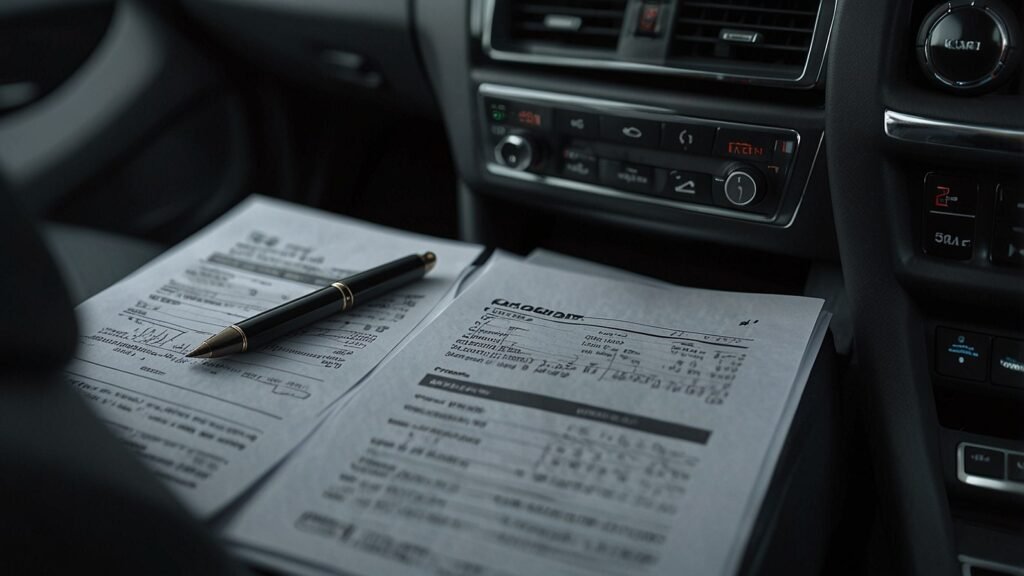
You have likely been experiencing the pinch if you have been window shopping at dealerships or scrolling through online classifieds recently. Automotive vehicles are not affordable, the interest rates are low, and now we have a new figure to grind our teeth on, the U.S. auto loans were estimated to be $1.66 trillion by mid-2025.
It is quite a huge amount, and it makes people question whether it will soon become a bigger problem to snag a new set of wheels. We can get into it and see what is happening, why this debt is adding up, and its implications to anyone who wants to buy a new or second-hand car.
Breaking Down the $1.66 Trillion
It is not just a figure of $1.66 trillion; it is the total amount the Americans owe on their car loans, a slight increase over the $1.64 trillion of their car loans in the last quarter. Auto debt has also increased more than 70 per cent over the past decade, surpassing other types of debts, such as credit card or student loan debts. It belongs to a larger household debt of 18.39 trillion, but cars are making a name in all the wrong ways.
What’s driving this? To begin with, the number of individuals who are extending their loans further to contain monthly payments is increasing. In early 2025, close to 20% of new car loans were seven years and above. That is a very big liability, and it earns additional interest in the long run. And even more people are falling behind, approximately 5.1 per cent of borrowers are late on their payments, and in some districts, even 60-day-plus delinquency rates reach 1.38 per cent. It is by no means a full-blown crisis, but the highest we have been in some time.
What’s Behind the Debt Surge?
And yet, how come we are drowning in car loans? A few things are at play. To begin with, cars are still very expensive. New vehicle prices are estimated at about $48,800 on average in 2025, and used cars are not much behind, as they cost about 6 per cent higher than in the previous year. Inflation has been a significant challenge, driving up the cost of various goods, including steel and semiconductors, among others, and customers are feeling the impact.
The interest rates are not helping as well. The average rate of new car loans is around 7 per cent, and used cars are at 11 per cent. It is an upswing as compared to a couple of years ago, when rates were lower due to the Federal Reserve’s fight against inflation. The increased rates translate to increased monthly payments, and hence, individuals borrow more or even increase the loan terms to make it possible. That is only contributing to the debt mountain.
Then there is the price of having a car. There has been an increase in gas prices, insurance, and even repairs, which tightens budgets. Others are also experiencing the anxiety of employment or salaries that do not match. And, to tell the truth, the buyers do not exactly flock to bare-bones sedans. SUVs, trucks, and technology-laden fancy EVs are in demand, however, at high prices.
The Impact of this on Car Shoppers
Is the purchase of a car about to become more difficult? For some, probably. The increased delinquencies may cause lenders to be more selective, i.e. harder to do business with or charge more for less-than-great credit. We are already witnessing the collapse of one large auto lender ,and that is not that encouraging. Repossessions are also increasing as an increasing number of borrowers find it difficult to meet payments.
Affordability is the buzzword for the average buyer. A new car with a cost of 48,800 and a rate of 7 per cent in a span of five years translates to about 970 a month without taking into account insurance or gas. At least these payments become ugly in case rates fail to move at all, or even increase. The idea of long loans may appear like a lifeline, but it is more expensive in terms of interest, and it makes you stay attached to the car for years.
That said, it’s not all bad news. There are more cars in the dealerships than during the times of the chip shortage, hence you may find deals. The manufacturers are offering incentives here and there, and the price of used cars may even out if new car sales resume.
Car Buying Tips to Simplify the Process
To be market-ready, here are some of the ways you could navigate this tricky market:
- Check Your Credit Score: A score of 700 and above will enable you to secure better rates. Look before you leap so as not to be caught off guard.
- Shop Around to Find Financing: Do not accept an initial offer from the dealer. Strong applicants may have a rate of 5-6% by banks, credit unions, or online lenders such as the Navy Federal or the Bank of America.
- Take the Shorter Loan when You Can: They require more monthly payments; however, they will have less interest and will be paid off sooner.
- Think about More Affordable Choices: New vehicles such as the Toyota Corolla Cross or Mazda3 begin with a price of about 23,000-24,000. Certified used cars could become a good compromise.
- Budget Everything: Never forget insurance, which is more expensive nowadays, fuel and maintenance. You can map it out with the help of online tools such as LendingTree.
What Does the Future Hold for the Auto Market?
It has a promise to look forward to. The Federal Reserve will reduce the rates, and it may result in the new car loan rates as low as 7 per cent by the end of 2025. However, the prices of cars may not fall much with the possible trade tariffs and other economic curveballs. Should delinquencies continue to increase, lenders would tighten their belts, and that would be the worst blow to first-time buyers or low-income earners.
Car purchase is never a small venture, but it is certainly not an impulse purchase at the moment. Be your research, do your number, and work your time. Have you got any new automobile stories? Post them here, we would be happy to know how you are addressing this market. Safe travels!

